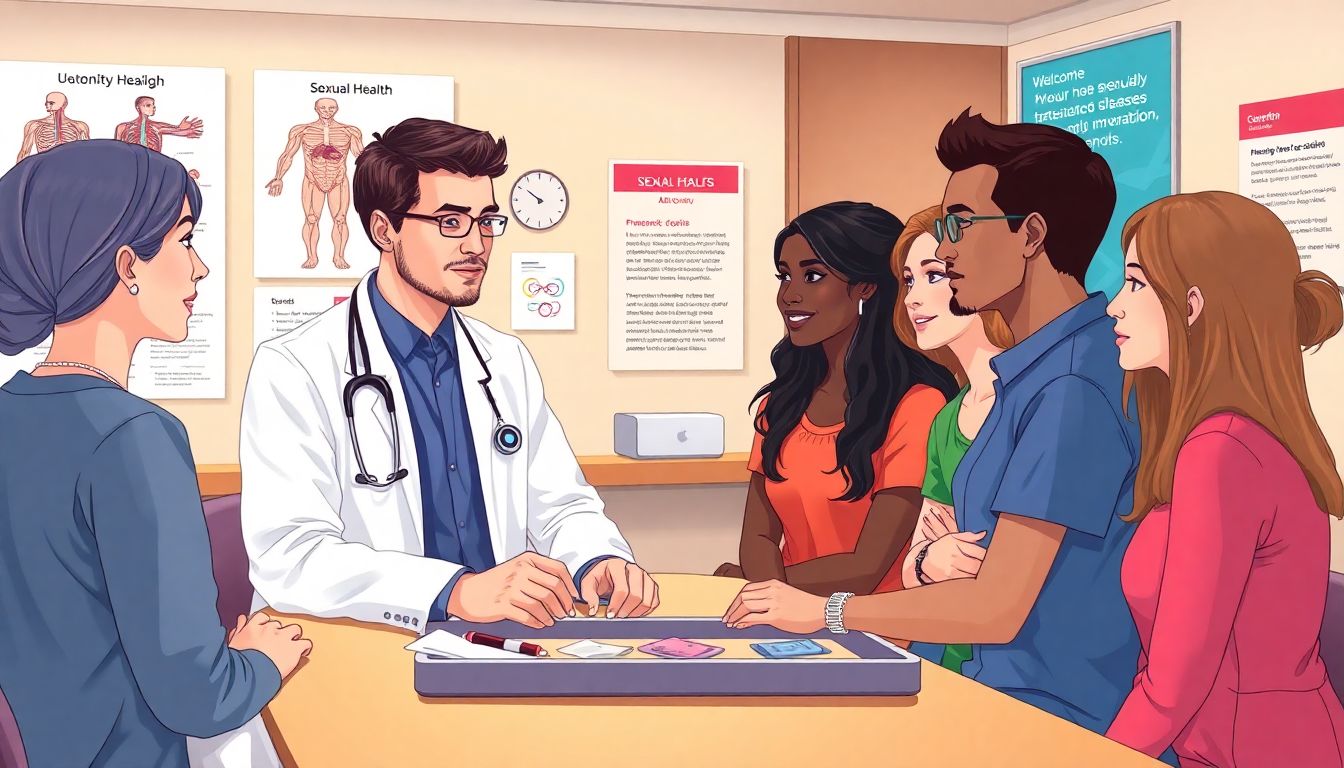Congestive Heart Failure: Symptoms, Diagnosis Treatment
Discover essential information on congestive heart failure, including symptoms, diagnosis, and effective treatment options to manage your health effectively.

Knowing about sexually transmitted diseases (STDs) is key to staying healthy. Millions of people catch STDs each year, worldwide and locally. Many go untold because symptoms can be hidden or mild. Early detection and prevention are your best tools to protect yourself and others. Staying informed about STDs can save your life and help avoid serious health issues later.
STDs are infections that spread mainly through sexual activity. They differ from other infections by their direct link to sexual contact. Transmitting these diseases can happen during vaginal, oral, or anal sex. Some are caused by bacteria, others by viruses, parasites, or fungi. This variety makes it important to recognize different types for better prevention.
STDs are common around the world. According to the World Health Organization, over 1 million new infections are reported daily. Locally, they affect people from all backgrounds. If untreated, many STDs lead to serious health problems, like infertility or cancers. Sadly, stigma around STDs makes testing and treatment difficult. It keeps many from seeking help and increases the risk of spreading infections.
Here are some familiar STDs:
Each of these infections has unique features but can often be prevented or treated effectively.
Many STDs show common signs:
Not all infected people notice symptoms. That's why regular check-ups are vital.
Because symptoms can be absent or similar, testing saves lives. Early diagnosis leads to easier treatment.
Using protection every time is the best way to prevent STDs.
Vaccines are powerful tools:
Talking openly with your partner about sex health is important.
Other tips include:
Taking these steps lowers your chance of catching or spreading STDs significantly.
Being aware of STDs and knowing how to prevent them is your best defense. Regular testing, vaccinations, and safe sex habits can stop many infections. Early detection helps treat problems before they get worse. Don't let fear or stigma stop you from getting the help you need. Knowledge saves lives. Protect yourself and your loved ones by making smart choices today.
STDs are widespread but preventable. Staying informed about symptoms and testing options helps you act fast if needed. Protecting your health starts with simple steps like using condoms, getting vaccinated, and talking honestly with partners. Remember, early diagnosis and prevention save countless lives. Make your health a priority—stay safe, get tested regularly, and keep communication open. Your future self will thank you.
Discover essential information on congestive heart failure, including symptoms, diagnosis, and effective treatment options to manage your health effectively.
Discover 7 effective strategies to cultivate inner peace amidst the chaos of daily life. Embrace tranquility and enhance your well-being today!
Explore the hidden dangers of stress on your health. Understand its effects and find practical tips to reduce stress and enhance your overall well-being.
Learn to recognize the early signs and symptoms of brain tumors. Empower yourself with knowledge to seek timely medical attention.
Understand Essential Tremor with our comprehensive guide on symptoms and causes. Find insights into living with shaky hands and available treatment options.
Prepare for a successful normal delivery with our 5 expert tips. Learn how to manage pain, stay calm, and make informed choices for your childbirth journey.